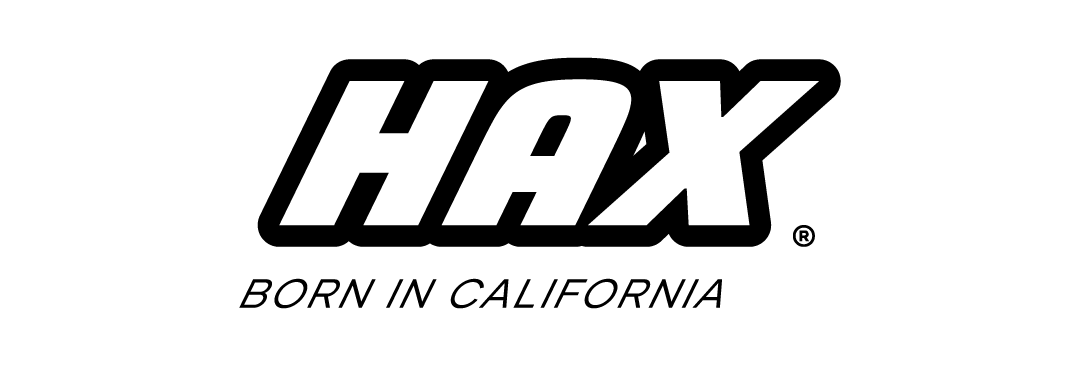Installing a communication system on your motorcycle helmet can greatly enhance your riding experience. Whether you're using it for hands-free calls, GPS navigation, music, or rider-to-rider communication, proper placement is key to ensuring comfort, functionality, and safety.
One of the most common ways to attach a comm system is with sticky mounts (adhesive mounts). But where exactly should you place it on your helmet for the best performance? Let’s explore the ideal mounting locations, tips for installation, and common mistakes to avoid.

1. Best Locations to Sticky Mount a Comm System
A) Left Side of the Helmet (Recommended)
✅ Why?
Most comm systems are designed to be operated with the left hand, allowing riders to keep their right hand on the throttle.Manufacturers typically position buttons and jog dials for left-hand operation, making it more ergonomic.Easy access to controls without excessive head movement.
✅ Where to Mount?
Place the sticky mount on the lower left side of the helmet, just above the jawline but below the visor hinge.Ensure it’s on a relatively flat surface for maximum adhesive strength.Right Side of the Helmet (Not Recommended)
❌ Why Not?
Operating the comm system with your right hand means taking your hand off the throttle, which can be dangerous while riding.Most comm systems are designed for left-hand operation, making the controls harder to use.Rear of the Helmet (For External Battery Packs or Antennas)
✅ Why?
Some advanced comm systems have external battery packs or antennas that can be mounted on the back of the helmet to reduce side weight.Helps distribute weight more evenly.
❌ Not Ideal for Main Unit
Controls would be hard to reach while riding.

2. Steps to Properly Sticky Mount a Comm System
Step 1: Clean the Surface
Use isopropyl alcohol or a mild cleaner to remove any dust, dirt, or grease from the helmet surface.Let it dry completely before applying the adhesive mount.
Step 2: Test the Placement
Before sticking, hold the mount in place and check if it allows for:Comfortable hand reach.Unobstructed visor movement.Proper alignment with the helmet speakers and microphone.
Step 3: Apply the Sticky Mount
Peel off the backing and firmly press the adhesive mount onto the helmet.Hold it in place for 30–60 seconds to ensure a strong bond.
Step 4: Let It Cure
For best adhesion, let the mount sit for at least 24 hours before attaching the comm system.Avoid riding immediately after installation to allow the adhesive to set properly.

3. Common Mistakes to Avoid
❌ Placing It Too High or Too Low
If mounted too high, it can interfere with the visor.
If placed too low, it may be uncomfortable to operate.
❌ Mounting on a Curved Surface
Adhesive mounts work best on flat or slightly curved areas.
Too much curvature may cause the mount to peel off over time.
❌ Skipping Surface Cleaning
Dirt and oils can weaken the adhesive, leading to the mount falling off while riding.
❌ Not Allowing Adhesive to Cure
Riding immediately after installation can weaken the bond due to wind pressure and vibrations.
4. Alternative Mounting Options
If you’re unsure about an adhesive mount, consider these alternatives:
✔ Clamp Mounts – Securely attach to the helmet without adhesive (ideal for modular helmets).
✔ Velcro Straps – Some lightweight comm systems can be mounted using industrial-strength Velcro.
✔ Helmet-Specific Mounts – Some brands offer custom mounting solutions designed for specific helmet models.
Properly mounting your helmet comm system ensures easy operation, maximum comfort, and a secure fit. The left side is generally the best location, but always consider your helmet’s design and ergonomics. By following the steps above and avoiding common mistakes, you’ll enjoy seamless communication on every ride!




Leave a comment
This site is protected by hCaptcha and the hCaptcha Privacy Policy and Terms of Service apply.